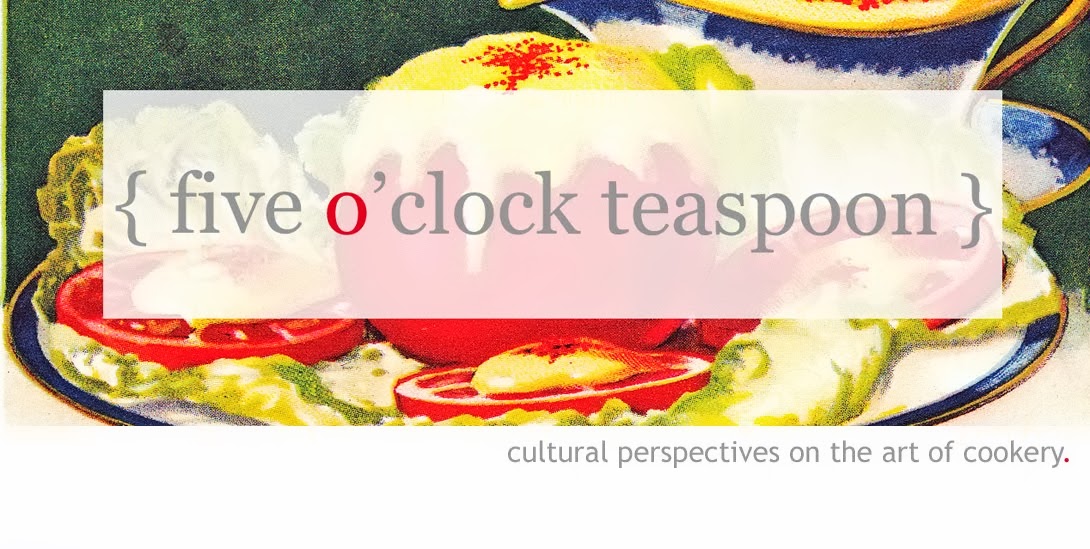
Even without its fruit the quince tree could stand alone as an ornamental in the garden. At around 6 to 8 feet tall, the tree's handsomely compact structure is complemented by the subtle gnarls and twists that add character to the trunk and branches, making it a compelling sight even after the leaves have fallen. The foliage is nicely shaped and turns a lovely, bright yellow in the fall.
 Cydonia oblonga Quince Tree.
Cydonia oblonga Quince Tree.But quince fruit is one of the garden's most enchanting products. It is visually interesting, with a sculptural, globular, apple-like form and downy covering, and remains on the tree until the end of the season in December. Its scent is also lovely: a musky perfume reminiscent of fir trees. After being picked in Autumn, quince fruit is cooked to soften the flesh and release the fragrance.
 Two varieties of quince from the Chaenomeles japonica shrub.
Two varieties of quince from the Chaenomeles japonica shrub.I usually combine the fruit from the quince tree and shrub varieties to make jam. I find that the jam's taste and appearance varies according to when the quinces were picked. Early autumn (October) seems to yield a complex, pungent, and spicy flavor with a soft yellow hue, while late autumn (around November) seems to have a mellow, less pronounced bite, with a pinky-orange tone. No matter when you choose to cook quince, it will always be deliciously tart and an excellent source of Vitamin C. While the jam is perfect on toast or mixed into yogurt, it is also a nice filling for pies, tarts, pancakes, bread, etc. and mixes well with other fruit such as berries, apple, pear, and peach. You can also bake whole quinces as you would apples, cored and filled with brown sugar and butter.

Recipe
Quince Cardamom Jam
2 lbs quinces, cored and quartered
1 3/4 cups sugar
3 cardamom pods
1. Place quince quarters in a large pot and add enough water to cover them. Bring to the boil then reduce to a simmer.
2. Cook until the quince is very soft.
3. Drain quince in a fine mesh strainer and reserve about 1 cup of the liquid.
4. Hold the fine mesh strainer over a cooking pot and gently mash the quince through the sieve into the pot.
5. Add the reserved cooking liquid to the strained quince and place the pot over medium heat.
6. Add sugar and cardamom and stir well. Raise the heat and continue to stir until the jam starts to boil. Reduce heat and taste a little to decide if it needs more sugar.
7. Remove jam from the heat, cover, and allow to cool. Place in jars and keep in the refrigerator for up to 2 weeks or sterilize containers for longer storage.
For more information on quince in the garden, visit the Cloister's blog post.
